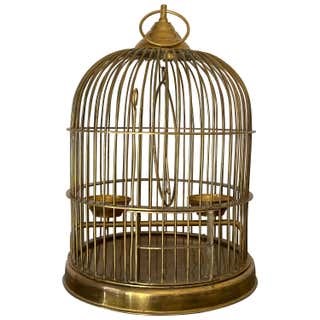Grandmother Pelletier (Bellavance)

BY DON DOUCETTE
I home studied some years ago through personal curiosity regarding the ancient fens people of the East Anglia region of Britain. I believe those aboriginal fens peoples were known as the Iceni – ancient tribal clans.
I learned that these clannish peoples were once forced to vacate their world of water which comprised East Anglia – with its deep peat deposits, slowly flowing waters, wetlands, marshes, swamps – a maze of wetland habitat melding with the tidal salt estuaries associated with the North Sea – similar to the Low Countries of western mainland Europe i.e. Holland, Belgium, northern France and I believe portions of Denmark.
Putting peasants off land and bounding and draining vast properties by ruling nobility was known as the Enclosure Acts, not a pleasant time for peasants at all. And add to these unpleasantries during time, periodic plagues and the religious insecurities of the Reformation period resulting in warfare and persecutions – Protestant against Catholic – burning at stakes, physical and psychological persecution, poverty and squalor and cultural discomforts beyond measure.
A result aside, wool trade developed in East Anglia between the low countries and Norwich, the primary population hub of East Anglia, became the British trading center for the wool trade. Prior to the Industrial Revolution, wool processing and wool weaving was a cottage industry. Norwich located on the river Wensum became for a period of time second in size and importance to London – the Port of Norwich was the most direct route between British wool markets and the cottage wool weaving communities located in the Low Countries.
And during the Reformation period of persecutions, Low Country refugees with wool trade skills, referred to as The Strangers, found their way to Norwich, they in turn complimented the growing economy of Norwich.
And they brought with them the curious tradition of keeping domesticated home canaries. The sweet song of canaries combined with the rhythmic sounds of working cottage looms became a cultural mainstay in old Norwich and a canary breeding industry through centuries became prevalent – the tradition of keeping home canaries spread to other parts of the world – this tradition transcended the differences between Catholic and Protestant feuding traditions.
It is thought that sailors originally introduced canaries from the Canary Islands to the Spanish Netherlands.
Today, Norwich is known as the Canary City and the local football (soccer) club is called the Canaries. The canary today is the city icon of Norwich, UK.
Fast forward during time, my maternal Grandmother Pelletier (Bellavance) of French Catholic heritage was a skilled cottage seamstress, she handled a variety of textiles including wools and the irony of situation, nurtured singing canaries in her home on the old Thurber Farm within our own local water world, the Ten Mile River Watershed here in Attleboro, Massachusetts.
Advanced in years with crooked arthritic fingers, my grandmother worked her home sewing machine with certainty – her crippled fingers still able to manipulate fine needles, pins, threads, bobbins and any other delicate contraption associated with her skilled calling. And through it all without fail, her many canaries made beautiful and sweet music in her home.
Don Doucette
“Ten Mile River Rambles”
Friends of the Ten Mile and Bucklin Brook
